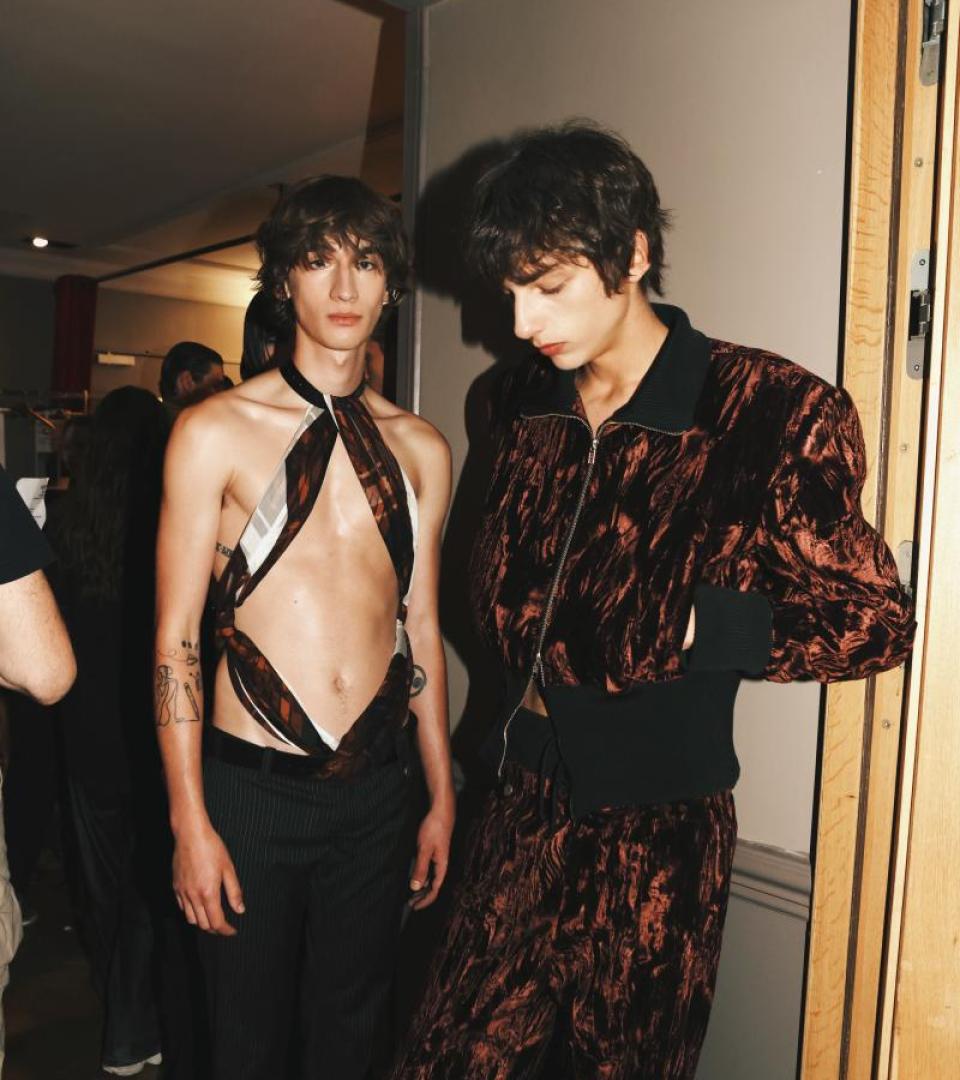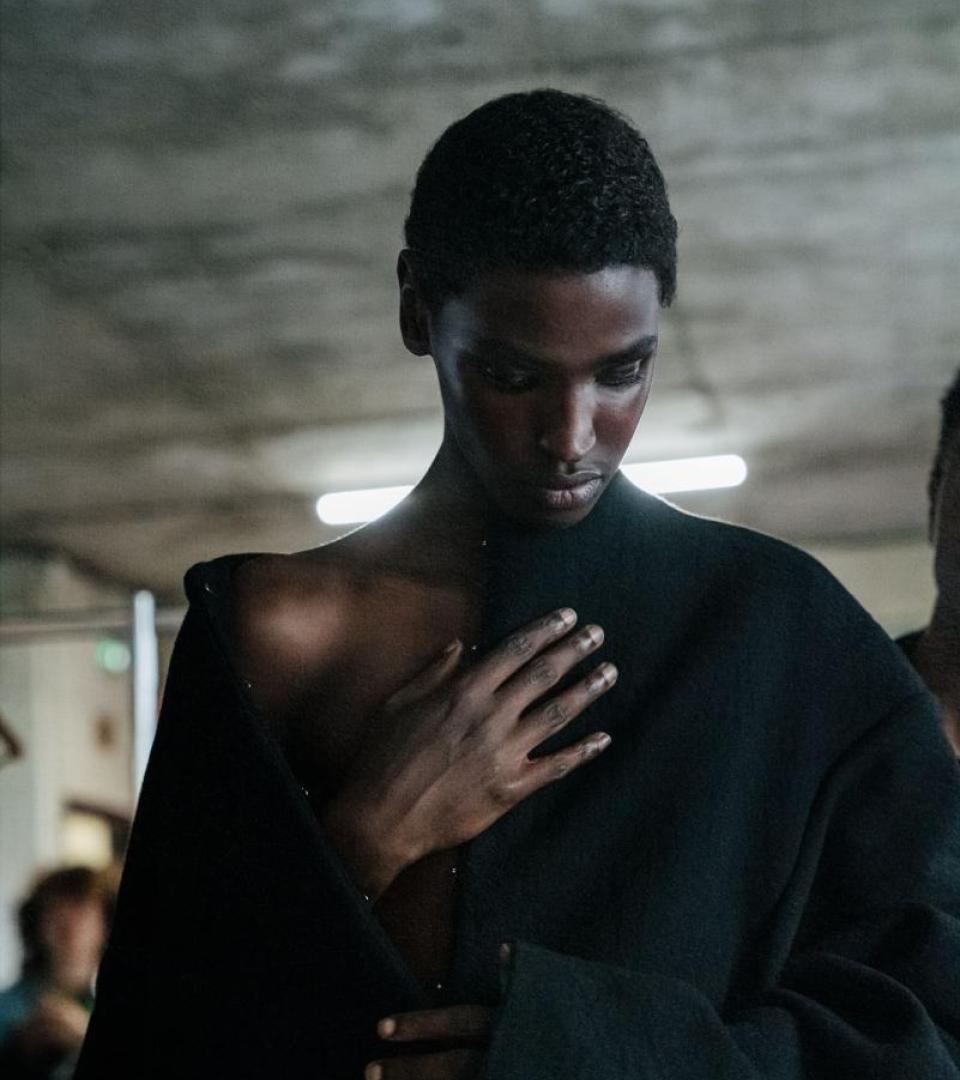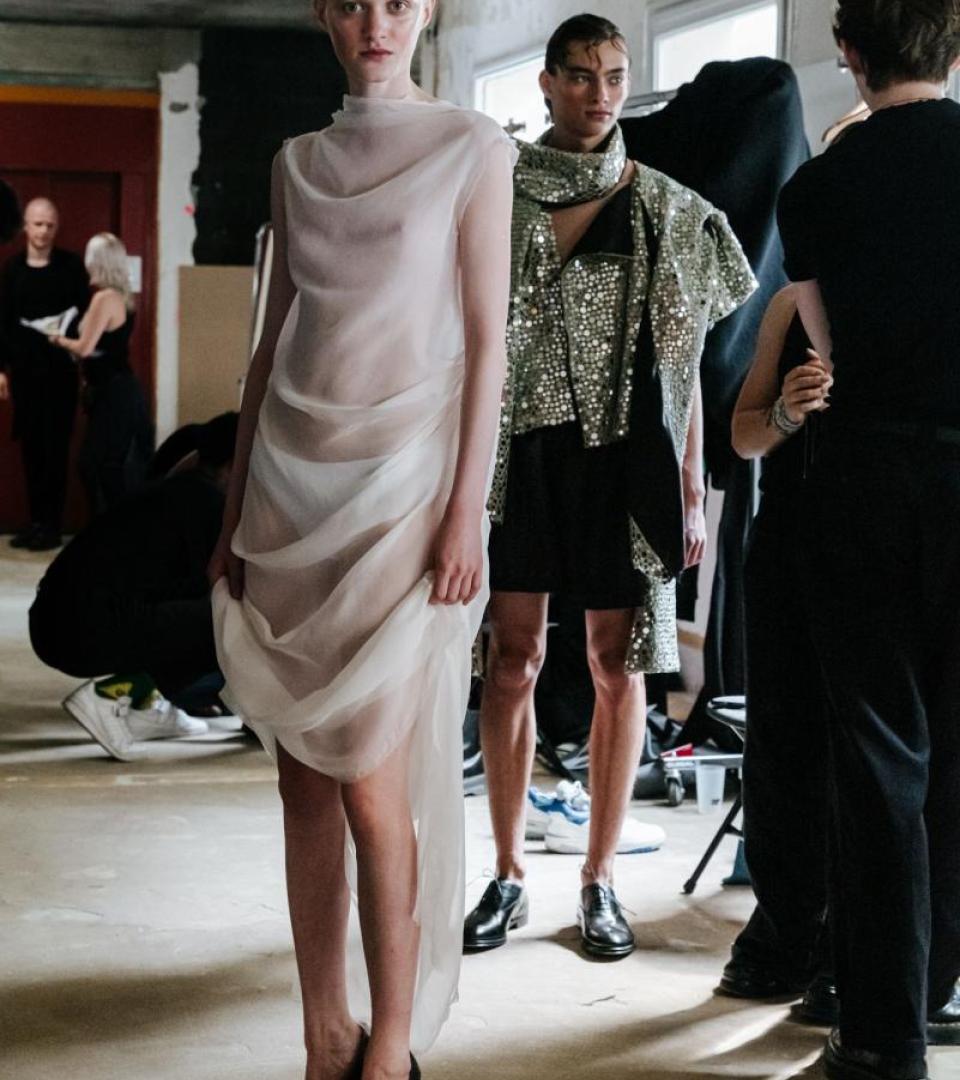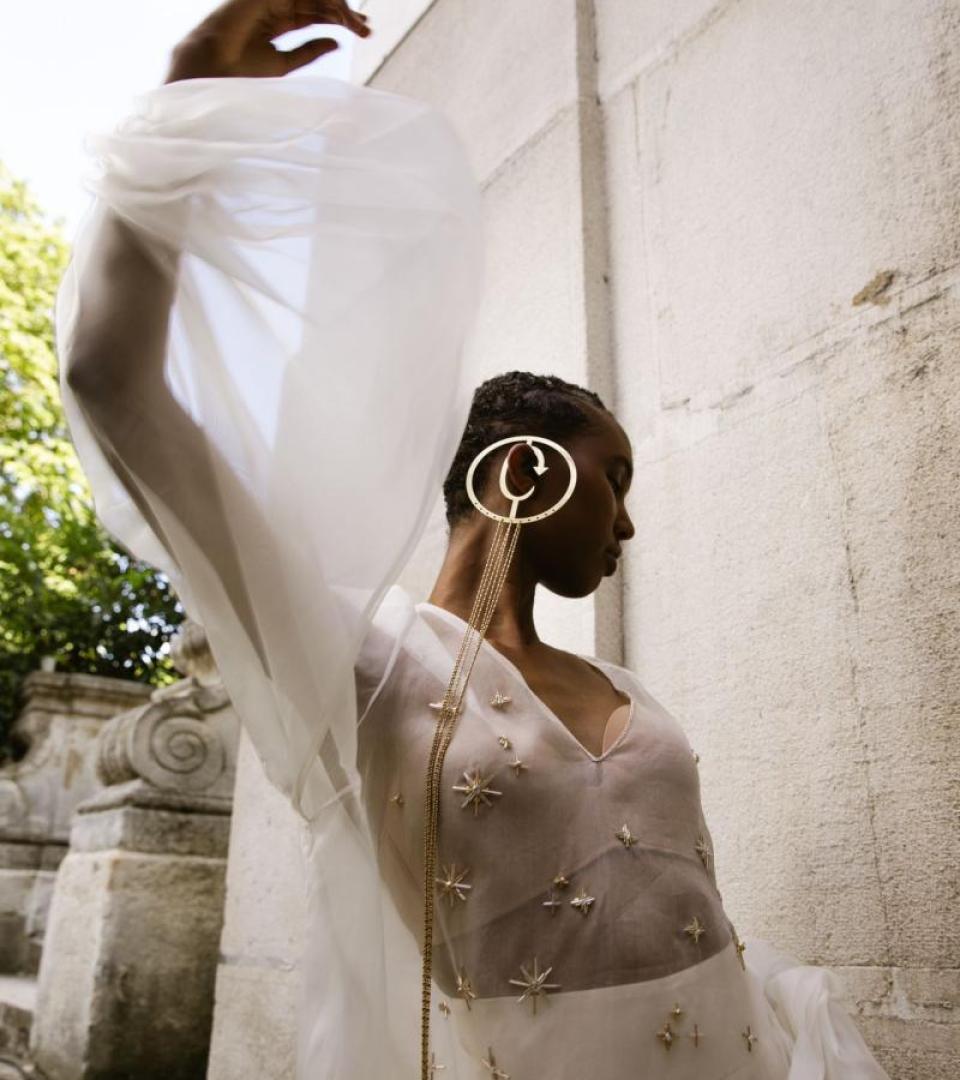What is one reason to be optimistic about the state of fashion going forward?
I think optimism can only reside in the dream that fashion is capable of creating — the imagery it evokes — as a unique and wonderful expression of art applied to people's real lives.
In what ways do you think AI might benefit fashion?
AI has the potential to help the fashion industry by making it more efficient, personalised, and sustainable, optimising the processes to reduce waste and environmental impact and to minimise overproduction.
Who or what will drive the greatest change in fashion this year?
I think that the change can be driven by the need to slow down, to create garments that have a longer life and durability and therefore also a higher intrinsic value, but perhaps mine is more of a wish that it will happen.
Can you suggest a fashion mantra for 2024?
Definitely ‘less is more’.
In terms of style, this motto represents my fashion concept, where subtraction suggests a reflection that does not take away, but rather adds value to the dress. In terms of sustainability, it expresses the hope to produce less, but qualitatively better. Ultimately this should be the objective we should all aim for.
What impact might you hope to have on fashion?
I have always thought of my work as a form of art. The creation of clothes is expressed in the high quality of the materials, in the preciousness of the craftsmanship with great attention to details (even the smallest ones). This is what makes the design. Perhaps more than an impact, it is the message of a fashion designed, cared for and loved.
How do you see the evolution of women’s wardrobe?
I believe there is a dichotomy between what you see on social media, where fashion is flashy and exhibited to the limit of costume, and real life in which women are looking for something that represents them without being overwhelming, making them most confident. A wardrobe is made of timeless pieces, which they wear on every occasion and maybe at different ages of their life.
Are there any other fields you would like to explore apart from fashion?
Lately I've been rather attracted to pottery, the tactile experience it represents and its multiple creative expressions.
This interview has been lightly edited.



